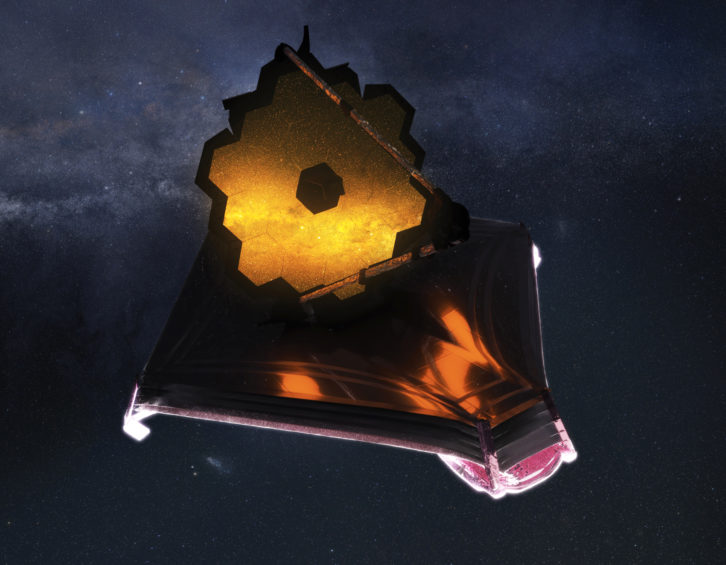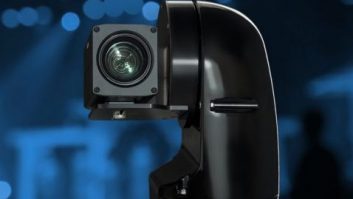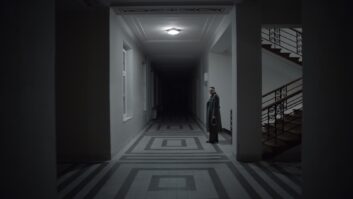The camera used to capture the first image from NASA’s James Webb Space Telescope has been built and developed by Lockheed Martin.
The image is a composite made from images at different wavelengths, totaling 12.5 hours, said NASA.
Lockheed Martin describes the Near Infrared Camera (NIRCam) as one of the most sensitive infrared cameras ever built.
It was created as Lockheed Martin’s Advanced Technology Center (ATC) in Palo Alto, California, for the University of Arizona.
“NIRCam is a first-of-its-kind camera, and we are proud to have built this primary imager on the Webb telescope,” said Alison Nordt, space science and instrumentation director for Lockheed Martin.
“It also played a crucial role aligning Webb’s optics, as it informed what adjustments needed to be made.”

As part of those adjustments, the camera had to sense incoming infrared light and take images that helped the telescope’s systems properly align its 18 primary mirror segments.
The telescope will use NIRCam to take images throughout its entire mission, which the company said means it will have to function with utmost precision and stability in temperatures as cold as -400 degrees Fahrenheit.
To enable operations in deep space, Lockheed Martin has developed a new technique for bonding NIRCam’s optics mounts together, which it says guarantees neither cold nor slight vibrations will cause shifts in the microscopically precise alignment of NIRCam’s lenses.
More images from the camera will be broadcast live on NASA TV at 3.30pm BST/10.30am EST.







